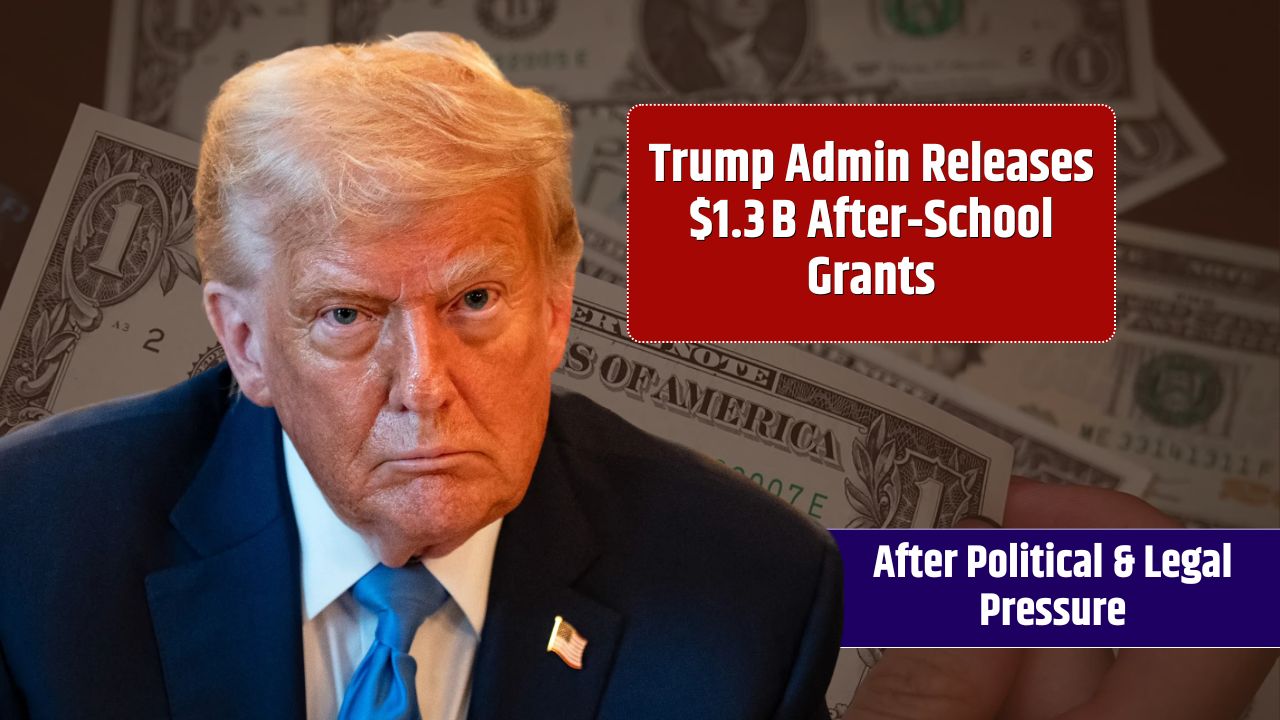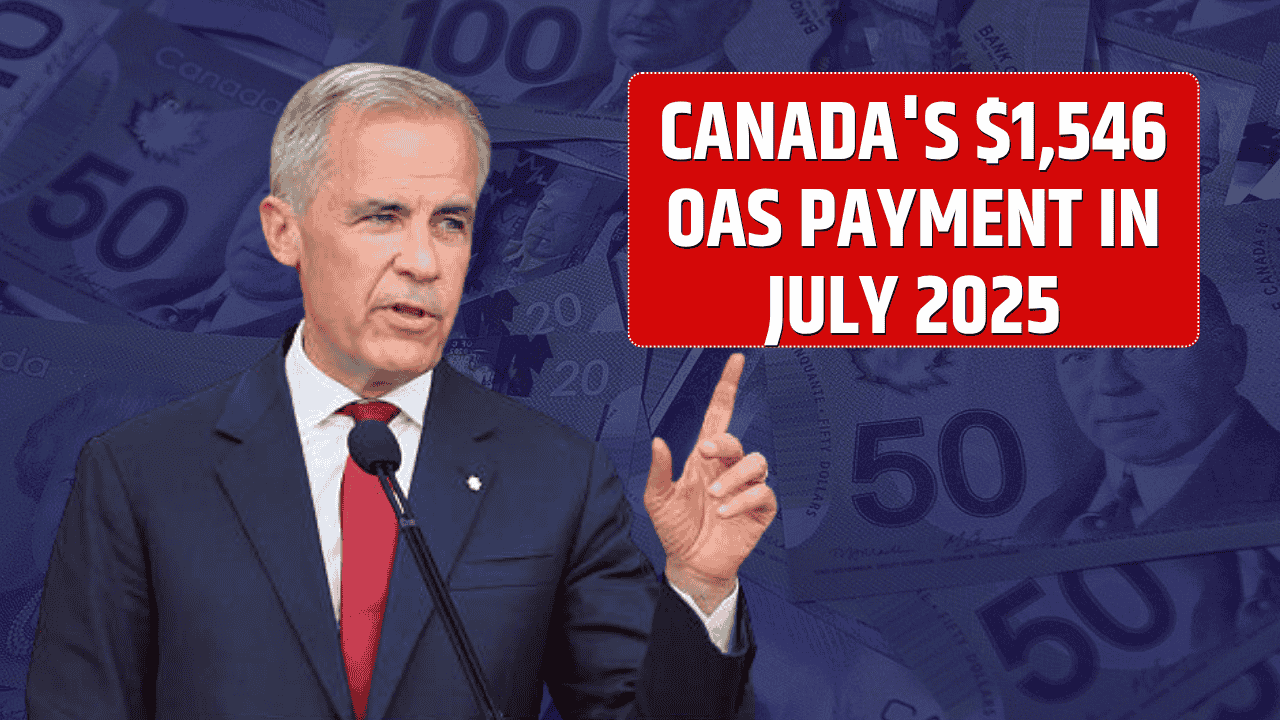After weeks of anxiety, Arizona schools are breathing a cautious sigh of relief as $1.3 billion in federal after-school funding has finally been released. But with more than $5 billion still frozen, educators and district leaders warn that the crisis is far from over — especially for the 800,000+ Arizona students who rely on the 21st Century Community Learning Centers (21st CCLC) grant program for before- and after-school care, summer learning, and enrichment services.
According to State Superintendent Tom Horne, Arizona was slated to receive nearly $24 million this year through the 21st CCLC program. While the partial release has restored short-term stability, many districts remain in limbo awaiting other critical funds, including Title II and Title III grants used for teacher training and English learner support.
Table of Contents
Impact on Arizona Students and Families
The Marana Unified School District (MUSD) is a prime example of the ripple effects from the funding delays. The district serves some of the region’s most economically disadvantaged neighborhoods, and depends on $900,000 annually from 21st CCLC to run programs across eight schools.
“These funds significantly impact our district students and families,” said Denise Linsalata, MUSD’s Assistant Superintendent. “They provide a safe environment during non-school hours.”
In the last academic year alone:
- 2,400 students attended MUSD’s before- and after-school programs
- 1,000 students enrolled in the district’s summer program
- One more school is set to join the program in the next cycle
The 21st CCLC program operates on a five-year grant cycle, which means thousands of families across Arizona have come to rely on these funds year after year.
Title II and III Funds Still Frozen
Even with the partial release of 21st CCLC dollars, additional funds remain locked, causing mounting frustration among educators. MUSD is still awaiting nearly $440,000 in Title II and Title III funding, which supports:
- Teacher professional development (Title II)
- English language learning programs (Title III)
These funds are crucial in helping districts comply with federal mandates and improve student achievement — especially for students in high-poverty and multilingual communities.
Educators Push Back on “Bias Review”
The U.S. Department of Education has justified the freezes by conducting what it describes as a “review” to ensure federal funds are not being used for politically biased or ideologically motivated programs. Critics, however, see it as an attempt to enforce partisan oversight on programs that are essential but noncontroversial in practice.
“They’re looking for the boogeyman,” said Jim Byrne, President of the Tucson Education Association.
“This is just the latest version of the same old scare tactic we saw with CRT — and again, they haven’t found anything because it’s not there.”
Byrne noted that while educators are relieved some money is flowing again, “there’s nothing to celebrate” yet — especially without a timeline for the remaining funds.
Ongoing Uncertainty for Arizona Schools
| Fund Type | Amount Withheld (MUSD) | Purpose | Status |
|---|---|---|---|
| 21st CCLC | $900,000 | After-school, summer, enrichment programs | Partially released |
| Title II (MUSD share) | ~$220,000 | Teacher training and development | Still frozen |
| Title III (MUSD share) | ~$220,000 | English Language Learner support | Still frozen |
| Statewide Estimate | ~$24 million | 21st CCLC grants across Arizona | Pending full release |
With no clear timeline from the federal government for releasing the rest of the funds, district leaders are struggling to plan for fall — let alone expand programs or meet staffing needs.
FAQs
How much federal funding is still frozen nationally?
Over $5 billion remains withheld, including various education grants like Title II and III.
Why were the funds paused?
The Department of Education cited concerns about ideological bias and launched a review of how funds are used — a move critics have labeled as politically motivated.
Who is most affected by the funding freeze?
Low-income students, English learners, and schools in high-poverty communities that rely heavily on 21st CCLC and Title funds.


























